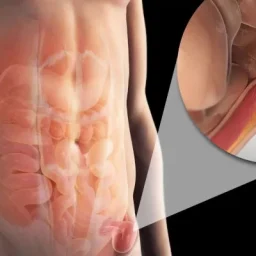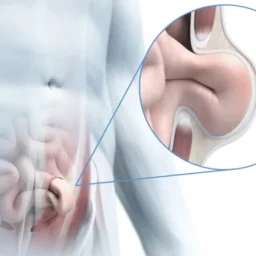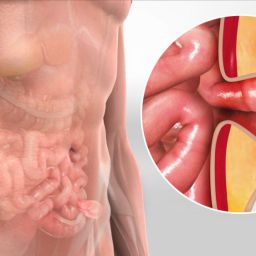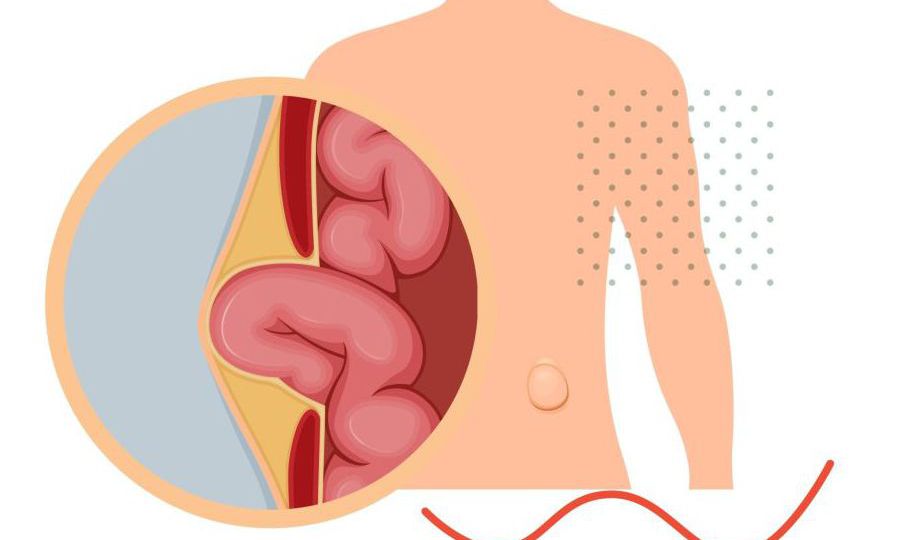
1. “Inguinal Hernia is Always Painful”
One of the most common misconceptions about inguinal hernia is that it always causes pain. While many people with an inguinal hernia experience discomfort, it is not true for everyone. Some individuals may have a hernia that is asymptomatic, meaning they may not feel pain or discomfort at all, particularly if the hernia is small or located in a less sensitive area.
- Truth: Inguinal hernias can be painless, and many people with a hernia do not experience any symptoms. However, even if a hernia is painless, it is still important to seek medical advice, as the hernia could enlarge over time or lead to complications if left untreated.
Pain from an inguinal hernia typically occurs when the herniated tissue is strained, such as during physical activity, heavy lifting, or even coughing. The pain is often localized in the groin and may worsen with activities that increase intra-abdominal pressure.
2. “Only Men Can Get Inguinal Hernias”
Another widespread misconception is that inguinal hernias only affect men. This belief stems from the fact that inguinal hernias are more common in men, but women can also develop this condition.
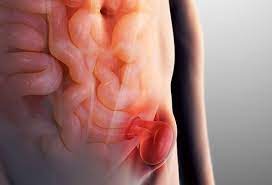
- Truth: While men are more likely to develop inguinal hernias due to the anatomy of the inguinal canal, women can experience them as well. In women, the hernia typically involves the round ligament, which runs through the inguinal canal. Although less common in women, inguinal hernias can still occur and cause similar symptoms.
Women who experience an inguinal hernia may notice a bulge or discomfort in the groin, and the condition can sometimes be mistaken for other causes of pelvic pain. As with men, women should seek medical advice if they notice a bulge or experience persistent discomfort in the groin area.
3. “Inguinal Hernias Are Always Caused by Lifting Heavy Objects”
While heavy lifting can increase the risk of developing an inguinal hernia, it is not the only cause. This misconception may stem from the idea that hernias are associated with physical labor or strenuous activity. In reality, there are several factors that contribute to the development of inguinal hernias, and some people may develop a hernia without ever lifting a heavy object.
- Truth: Inguinal hernias can result from a combination of factors, including increased intra-abdominal pressure, a genetic predisposition, and weaknesses in the abdominal wall. Common causes include chronic coughing, constipation, obesity, and even pregnancy. Aging can also contribute to the weakening of muscles in the abdominal wall, making hernias more likely as people get older.
In some cases, people may be born with a congenital weakness in the abdominal wall that makes them more susceptible to developing a hernia later in life. Thus, while lifting heavy objects can increase the risk, it is not the sole cause of inguinal hernias.
4. “Surgery is the Only Option for Inguinal Hernia Treatment”
Many people believe that surgery is the only option for treating an inguinal hernia, and this belief can create unnecessary fear and anxiety about the procedure. While surgery is the standard treatment for most hernias, it is not always the first option, especially for those with mild or asymptomatic hernias.
- Truth: Not all inguinal hernias require immediate surgery. If the hernia is small, asymptomatic, or not causing significant discomfort, a “watchful waiting” approach may be recommended. In these cases, the patient will be monitored for any changes in the size of the hernia or the development of symptoms.
However, surgery is usually recommended if the hernia becomes painful, grows larger, or risks becoming strangulated (when the blood supply to the herniated tissue is cut off). In such cases, surgery is necessary to prevent serious complications. There are two main types of hernia surgery: open surgery and laparoscopic (minimally invasive) surgery. Both are effective, and the choice depends on the patient’s specific condition and preferences.
5. “Inguinal Hernias Will Heal on Their Own”
Another misconception is that inguinal hernias will resolve on their own over time without the need for treatment. This is a dangerous belief, as hernias do not heal naturally. In fact, they tend to worsen over time if left untreated, especially if they are large or symptomatic.

- Truth: Inguinal hernias do not go away on their own. While small hernias may not cause immediate problems, they typically do not heal without intervention. Over time, a hernia can increase in size, causing greater discomfort and increasing the risk of complications such as strangulation, which is a medical emergency.
Even if the hernia is not causing pain initially, it is important to monitor the condition and consult a healthcare provider regularly. Surgery remains the only effective way to repair a hernia and prevent complications.
6. “Hernia Mesh Causes Serious Complications”
Concerns about hernia mesh and its potential complications have become a widely discussed topic. While it is true that some patients have experienced complications related to hernia mesh, the majority of individuals who undergo hernia repair surgery with mesh experience positive outcomes.
- Truth: Hernia mesh is used in many hernia repair surgeries to reinforce the abdominal wall and prevent recurrence. While complications such as infection, mesh rejection, or chronic pain can occur, these issues are relatively rare. The benefits of using mesh in hernia surgery generally outweigh the risks for most patients, and mesh-based repair methods are considered safe and effective.
Surgeons take precautions to minimize the risk of complications, and mesh products are continuously improved to enhance their safety and durability. It is important for patients to discuss any concerns with their surgeon before undergoing surgery.
7. “Inguinal Hernia Surgery Is Always Risky and Complicated”
Some people avoid surgery due to the belief that hernia surgery is always risky, complex, or has a long recovery time. While surgery is not without risk, it is generally a safe and routine procedure, particularly when performed by experienced surgeons.
- Truth: Inguinal hernia surgery is one of the most common procedures performed worldwide, with a high success rate and low complication rate. The minimally invasive laparoscopic technique offers a quicker recovery time and less postoperative pain compared to traditional open surgery. Most patients can return to normal activities within a few weeks, depending on the type of surgery performed and their overall health.
As with any surgery, there are risks, but these can be minimized with proper preoperative care and by following the surgeon’s post-operative instructions.
8. “Inguinal Hernias Are Only a Concern for Older Adults”
While it is true that inguinal hernias are more common in older adults, this condition can affect people of all ages, including infants and young adults. In fact, congenital hernias are present at birth and may require early surgical intervention.
- Truth: Inguinal hernias can develop at any age, and both children and adults can experience them. In infants, inguinal hernias are often diagnosed early, while in adults, they are more likely to develop as a result of lifestyle factors such as physical strain, obesity, or chronic coughing. Regardless of age, if a hernia is suspected, it is important to seek medical attention for proper diagnosis and treatment.
Inguinal hernia is a common condition that is often surrounded by misconceptions and misunderstandings. By addressing and correcting these myths, individuals can make more informed decisions about their health and seek appropriate treatment. While surgery remains the most effective solution for most cases, alternative treatments and conservative management may be viable options in certain circumstances.
It is important for individuals to seek medical advice if they suspect they have an inguinal hernia. With accurate information and timely intervention, most people can manage the condition effectively and lead healthy, active lives.

